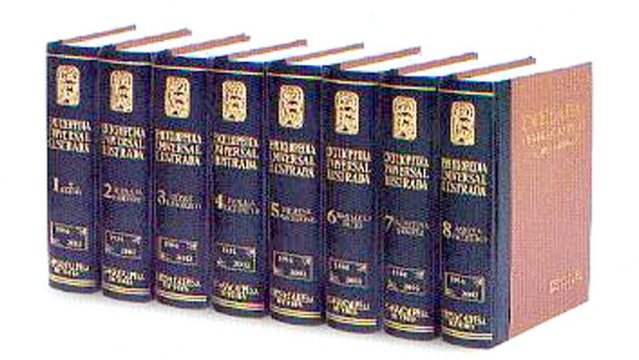Lexicography is the branch of linguistics that studies the methods of the preparation of dictionary.Many activities are involved in the science of lexicography such as design, compilation, and gathering corpus based data systematically. The term lexicography refers to the science that deals with the syntax and general structure of dictionaries.
As a science, lexicography is divided into two branches: the theoretical and the practical. The practical lexicography refers to the technique for recording of dictionaries issue while the theoretical branch refers with the analysis and description of meanings, and examples for the understanding of the terms.The lexicography is a subject linguistic which involves the preparation of dictionaries and lexicons, through the collection, classification and definition of the words.
You Must Know the Facts Between Lexicology and Lexicography
They have very close relationship. Lexicology without lexicography will not make a good product dictionary, for the users. However, the science of lexicography is part of applied linguistics.
Technically, Researchers have explained that lexicography is the science which deals with five main steps in preparing a dictionary, namely:
- Collect data (vocabulary)
- Selecting the approach and method of preparation of the dictionary will be pursued
- Construct words according to certain systematic
- Writing materials, and
- Publish the results of the codification of the language or the dictionary
Types of dictionaries
A. Type Description
B. Count described languages
C. Quantitative and qualitative richness of the nomenclature
D. corpus of apprehension Mode
E. Status synchronic and diachronic.
The Functions of lexicographical:
- Conducts research in the following areas:
- The design and the preparation of dictionaries and other lexical tools.
- Compiling lexicographical file.
- The creation of lexical databases for web applications
- The use of dictionaries and lexical tools in teaching Greek
- The training of young scientists and teachers in electronic and lexicography issues.
- In support of scientific debate around lexicography.
- The continuation of the Dictionary.
The basic lexicographical works produced today are the dictionary, encyclopedia and corpus. The dictionary is a book in which the words of a language is sorted alphabetically. The corpus is the most extensive and ordered set of data which can provide a basis for investigation of texts. The encyclopedia is a work or group of works in which a large number of knowledge of one or more subjects or sciences is exposed.
Among the main uses made in lexicography of information can be highlighted:
- word processor
- database management
- textual analysis
- grammatical analysis
- Desktop Publishing
Lexicography in linguistics is the process of documenting and describing words, their meanings, pronunciations, usage, etymologies, and other aspects in a dictionary format. Here’s a simplified guide in tabular format:
| Step | Description |
|---|---|
| Word Collection | Gathering a comprehensive list of words from various sources, including literature, spoken language, and technical fields. |
| Word Selection | Deciding which words to include in the dictionary. This involves determining the relevance and frequency of usage of each word. |
| Pronunciation | Documenting the standard pronunciation of each word, often using phonetic symbols. |
| Definition Writing | Crafting clear and accurate definitions for each word, which may involve multiple meanings. |
| Etymology | Researching the history and origin of words, including their root languages and any changes in meaning over time. |
| Usage Notes | Providing information on how and when to use the word, including context, grammatical usage, and any associated cultural references. |
| Example Sentences | Creating or citing sentences that demonstrate how the word is used in context. |
| Cross-Referencing | Linking words to related entries, synonyms, antonyms, or other relevant words. |
| Editing and Review | Rigorous checking for accuracy, clarity, and consistency across the dictionary. |
| Publication | Finalizing the dictionary for printing or digital release, including layout, formatting, and accessibility considerations. |
This table represents a general workflow in lexicography, but actual practices can vary depending on the type of dictionary being compiled (e.g., historical, linguistic, bilingual) and the resources available to the lexicographers.
Conclusion
Lexicography in linguistics goes beyond mere compilation and definition. It encapsulates expertise, authority, and trust in portraying the vast complexities of language. Through the meticulous process of compiling, defining, and illustrating words, lexicographers contribute to preserving language, facilitating communication, supporting language learning, and advancing linguistic research. Dictionaries, the end products of lexicography, remain invaluable resources that guide our understanding and usage of language.
